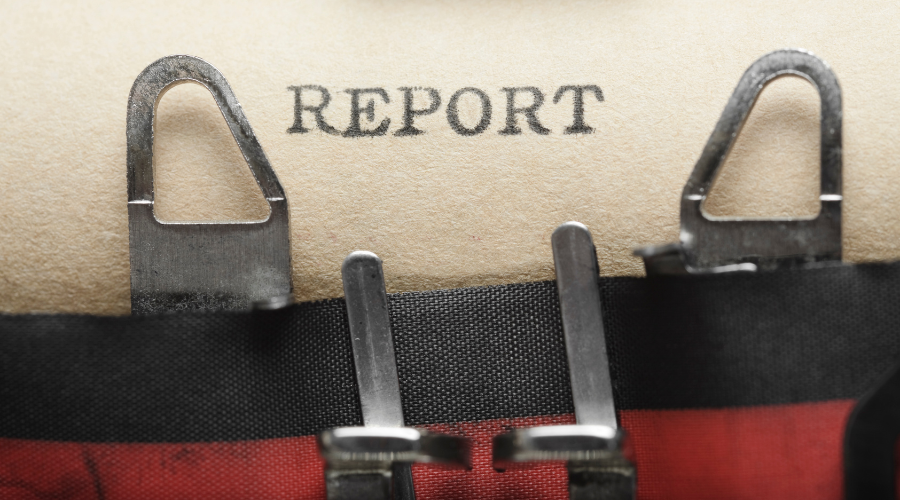In today’s digital age, where information is abundant and readily accessible, data journalism emerges as a powerful tool for uncovering stories, revealing connections, and fostering transparency. From The New York Times’ “The Upshot” to investigative reports on social issues, data-driven storytelling revolutionizes the field of journalism. In this blog post, we delve into the concept of data journalism, explore its origins, advantages, challenges, and provide actionable strategies for mastering this transformative practice.
Understanding Data Journalism: Definitions and Origins
Data journalism, also known as data-driven journalism, database journalism, or computational journalism, encompasses the practice of collecting, analyzing, and visualizing data to uncover and report on news stories. Maria Matsiola and Elissavet Georgiadou offer a comprehensive definition: Data journalism reveals connections between distinct issues, enhancing journalists’ ability to provide transparent, insightful reporting. While data journalism may seem like a recent trend, its roots trace back to journalists incorporating data into their stories, albeit in underdeveloped forms.
Advantages of Data Journalism
Transparency and Credibility
Transparency is a cornerstone of journalism, essential for combating disinformation and bolstering credibility. By disclosing reporting processes and showcasing data sources, journalists uphold journalistic integrity and build trust with their audience.
Data Visualization
Visual tools such as charts, graphs, maps, and interactive graphics enrich storytelling, making complex data accessible and engaging for readers. In an era where visual content reigns supreme, data visualization enhances comprehension and captivates audiences, reinforcing key messages within journalistic narratives.
Challenges and Opportunities
Skill Set Evolution
Embracing data journalism necessitates a shift in journalistic skill sets, requiring proficiency in data analysis, computational thinking, and visualization techniques. Journalism schools must adapt curricula to equip students with essential mathematical and analytical skills, ensuring readiness for the data-driven landscape.
Time Constraints and Data Overload
Navigating vast datasets under time constraints poses challenges for journalists, necessitating efficient data acquisition, analysis, and interpretation. Time pressure, coupled with the complexity of data, underscores the need for streamlined workflows and robust analytical frameworks.
Strategies for Mastering Data Journalism
Continuous Learning and Skill Development
Journalists must prioritize continuous learning, enhancing their data literacy, analytical prowess, and visualization skills through workshops, online courses, and practical experience. Investing in professional development equips journalists with the tools and expertise needed to excel in data-driven storytelling.
Collaborative Partnerships and Resources
Forge collaborative partnerships with data scientists, analysts, and visualization experts to leverage diverse skill sets and resources. Engage with open data initiatives, journalistic networks, and online communities to access datasets, tools, and best practices, fostering innovation and knowledge sharing within the journalism community.
Ethical Data Practices and Transparency
Adhere to ethical data practices, ensuring accuracy, integrity, and accountability in data-driven reporting. Transparently document data sources, methodologies, and analytical processes, empowering audiences to critically evaluate journalistic narratives and fostering trust in journalistic integrity.
Real-Life Examples of Data Journalism Excellence
The Panama Papers Investigation
The Panama Papers investigation, led by the International Consortium of Investigative Journalists (ICIJ), exemplifies the power of collaborative data journalism in uncovering global corruption and financial secrecy. By analyzing millions of leaked documents, journalists exposed offshore tax havens, holding influential figures and corporations accountable for illicit financial activities.
COVID-19 Data Reporting
During the COVID-19 pandemic, journalists utilized data visualization tools to track infection rates, analyze demographic trends, and communicate public health information effectively. Interactive dashboards, maps, and visualizations facilitated data-driven storytelling, empowering audiences to make informed decisions and understand the pandemic’s impact.
Conclusion: Embracing the Future of Journalism
In conclusion, mastering data journalism is essential for journalists navigating the complexities of the digital age. By harnessing the power of data analysis, visualization, and storytelling, journalists can uncover compelling narratives, foster transparency, and drive social change. Despite challenges such as skill set evolution and data overload, the rewards of data journalism—transparency, engagement, and impact—far outweigh the obstacles. As journalism evolves in the modern era, embracing data journalism is not merely a choice but a necessity for journalists committed to excellence, integrity, and innovation in storytelling.
By incorporating actionable strategies, real-life examples, and insights into the evolving landscape of data journalism, this blog post serves as an authoritative guide for journalists seeking to master the transformative practice of data-driven storytelling. As journalists adapt to the data-driven future, embracing innovation, collaboration, and ethical practices will be paramount to success in the dynamic world of journalism.
Expanding Opportunities in Data Journalism
Investigative Journalism Reinvented
Data journalism revolutionizes investigative reporting, enabling journalists to uncover complex patterns and connections hidden within vast datasets. From uncovering corporate malfeasance to exposing government corruption, data-driven investigations empower journalists to hold power to account and drive meaningful social change.
Audience Engagement and Interactivity
Interactive data visualizations enhance audience engagement, enabling readers to explore data-driven narratives in immersive ways. From interactive maps tracking environmental hazards to data-driven quizzes analyzing political trends, interactive storytelling fosters deeper audience engagement and encourages active participation in journalistic narratives.
Empowering Communities Through Data Literacy
Data journalism extends beyond newsrooms, empowering communities to navigate and understand complex data landscapes. By promoting data literacy and providing access to data-driven resources, journalists can equip citizens with the tools and knowledge needed to advocate for change, address societal challenges, and hold institutions accountable.
Conclusion: Embracing a Data-Driven Future
In conclusion, data journalism represents a transformative force in the evolving landscape of journalism, offering new opportunities for storytelling, engagement, and social impact. By embracing innovation, collaboration, and ethical practices, journalists can harness the power of data to uncover compelling narratives, foster transparency, and drive meaningful change in society. As journalism continues to evolve in the digital age, mastering data journalism is not merely a choice but an imperative for journalists committed to excellence, integrity, and relevance in the modern era.
By incorporating actionable strategies, real-life examples, and insights into the expanding opportunities of data journalism, this blog post serves as a comprehensive guide for journalists seeking to navigate and thrive in the data-driven future of journalism. As journalists adapt to the changing media landscape, embracing data journalism empowers them to uncover stories, engage audiences, and make a lasting impact in the dynamic world of journalism.

